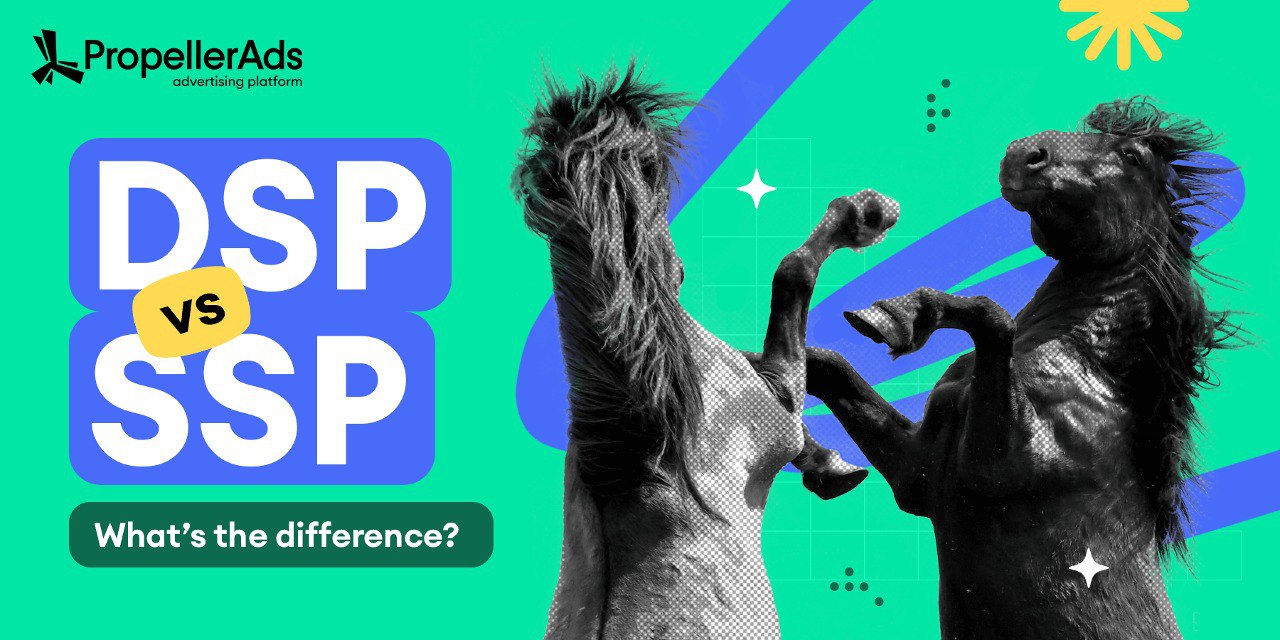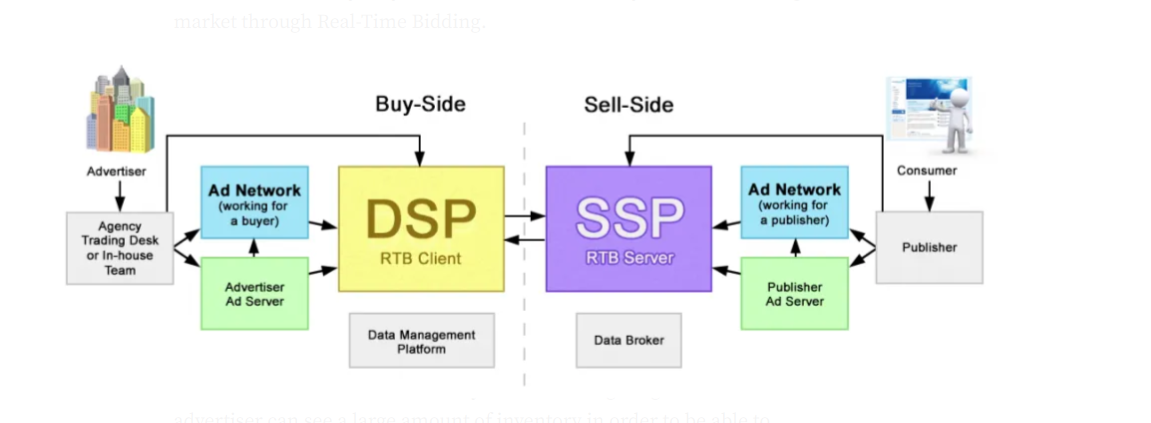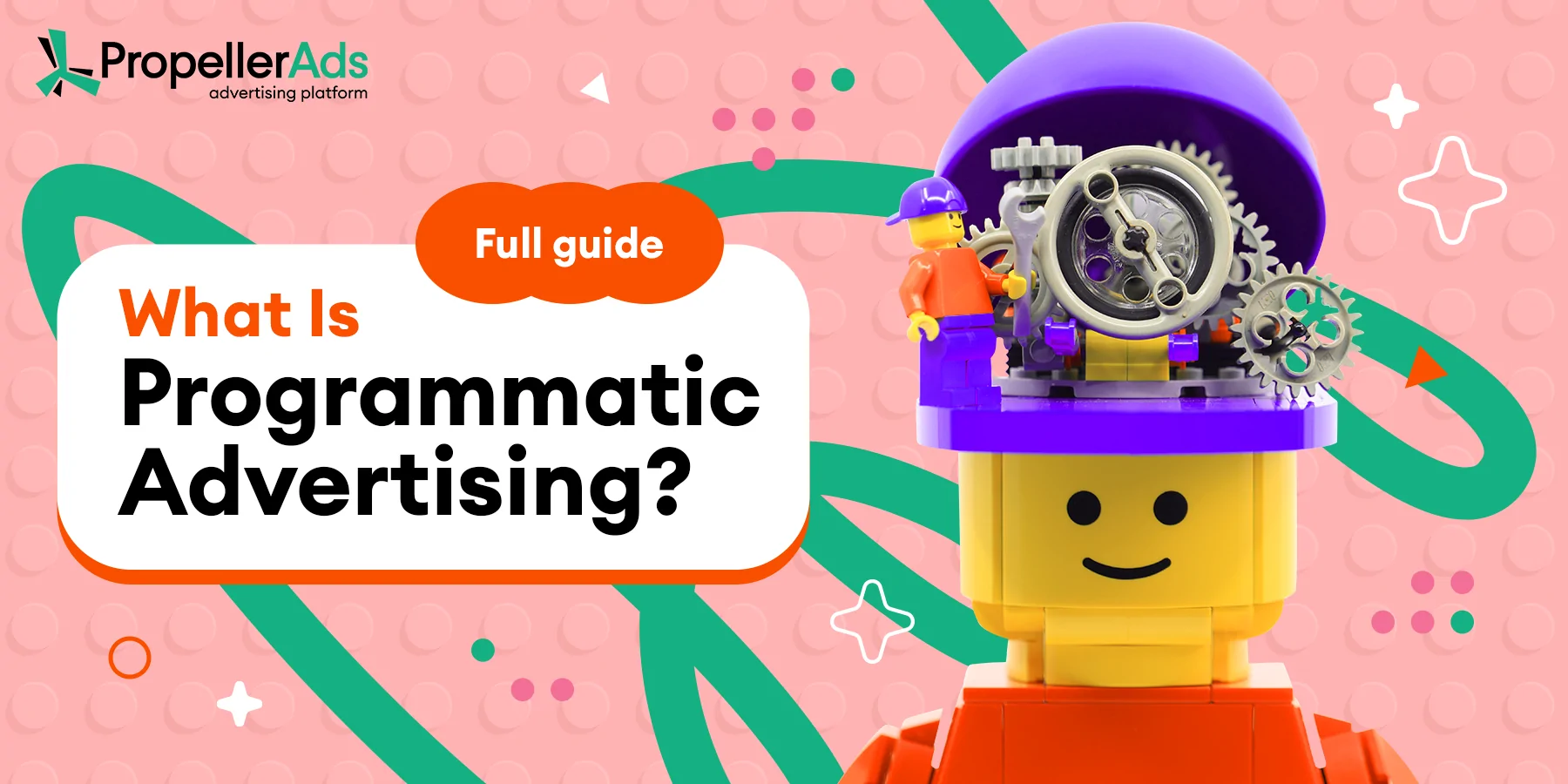DSP vs SSP in Digital Advertising: What’s the Difference?

This post is also available in:
PT
ES
With advertising space and opportunities constantly expanding, the competition also increases. Effectiveness is no longer enough for a successful campaign; efficiency is also needed. Brands and advertisers must serve the right ad to the right people to outrun their competitors. And, that’s where programmatic advertising comes in! Along with that eternal DSP vs SSP confusion we are here to untangle.
Programmatic advertising incorporates automated solutions for buying and selling online advertising space. No wonder global programmatic advertising spending reached around $558 billion in 2023 and is expected to surpass $700 billion by 2026. 👀
While DSP and SSP are two of the crucial elements of programmatic advertising. Although different, they work together to ensure streamlined and fast media buying.
What are those abbreviation, what do they stand for? What’s their role in advertising? How do we use them?
In this blog post, we answer these questions and more. Keep scrolling!
Understanding DSP vs SSP: What Are They?
Demand Side Platform (DSP) is a programmatic tool advertisers use to automate the media buying process. It simplifies and optimizes the purchasing of ad spaces across different digital platforms without surpassing your budget. Its goal is to show your ad at the right time, to the right people, at the best cost. You can use a DSP to buy different types of ads, including native, display, video, and in-game.
What are DSP ads? Simply an advertisement purchased through this tool. DSP, native ads technology platform, just makes the process easier and high-tech. Whether you prefer DSP, Google Ads (with it’s own DSP), or any other similar tool, you rely on automation and algorithms.
Supply Side Platform (SSP) is a programmatic tool used by affiliate marketers, bloggers, app developers, or anyone else who wants to earn by displaying ads on their website. It connects publishers with different DSPs, ad exchanges, and ad networks at once, allowing them to reach more potential buyers.

DSP Ads vs SSP Ads Benefits
While a native ads DSP serves advertisers to buy ad spaces efficiently and an SSP serves publishers to sell their available ad space, they both facilitate the media buying process.
Here are the benefits of using each platform.
How Can Advertisers Benefit from Using a DSP?
- Buying ad spaces at a lower cost.
- Automated and more efficient negotiation process.
- Wide range of publishers to choose from.
- Various user targeting options.
- Detailed campaign analytics and reporting.
How Can Publishers Benefit from Using an SSP?
- Automated ad space selling
- Connection to different DSPs, ad networks, and ad exchanges.
- Opportunity to earn more due to the vast choice of advertisers and real-time bidding.
- Content management – they can block ads they don’t want to promote on their site, choose specific channels/buyers, etc.
- Set the minimum price per ad space.
- Limit the number of times an ad is shown to the same viewer, reducing the chance of visitors blocking ads and leaving the site.
Demand Side Platform vs Supply Side Platform: The DIfferences
| Difference | DSP | SSP |
| Users | Advertisers | Website owners |
| Use | For buying DSP ad space and optimizing campaigns. | For selling available ad space. |
| Goal | Increases campaign’s efficiency | Selling ad space at the best price |
| Ad Inventory Access | Access to a vast choice of ad inventory from various SSPs, ad networks, and ad exchanges. | Manages and shares ad inventory across DSPs, ad networks, and ad exchanges. |
| Optimization & Control | Targeting and optimization options for effective audience reach. | Real-time bidding and price floors. |
| Pricing | CPA or CPM | Variable pricing based on the market demand. |
Users
The key difference between DSP and SSP is their end user. A DSP serves advertisers, marketing agencies, and brands, whereas an SSP serves website owners (affiliate marketers, bloggers, and app developers).
Use
DSPs allow advertisers to buy ads, DSP space across multiple ad networks and ad exchanges at the same time. They also enable users to optimize their campaigns.
SSPs, on the other hand, allow publishers to sell available ad space across different DSPs, ad exchanges, and ad networks.
Goal
A DSP increases campaigns’ efficiency by displaying the right ad to the right people at the right time. On the other hand, an SSP allows publishers to sell ad space on their site/product easily, at a better price.
Ad Inventory Access
DSPs grant advertisers access to a vast range of ad inventory from different SSPs, ad networks, and ad exchanges. SSPs, on the contrary, manage and share the ad inventory across different DSPs, ad networks, and ad exchanges.
Optimization and Control
DSPs feature precise audience targeting and optimizing options which allow advertisers to reach the desired audience effectively. SSPs offer real-time bidding and price floors (setting the minimum price per ad space).
Pricing Models
Prices for ads? DSP charges users on a CPA (cost-per-action) or CPM (cost-per-mille) basis, which allows them to choose the pricing model that best suits their needs. SSPs usually use dynamic pricing to boost publishers’ revenues, with prices varying according to the ad space demand.
DSP vs SSP: Who Are They Best for?
Both DSPs and SSPs are vital for efficient media buying. As part of the programmatic advertising ecosystem, they connect marketers and advertising agencies who want to buy ad space with website owners and app developers who sell ad space.
So, who can benefit the most from DSPs and SSPs?
Advertising agencies, affiliate marketers, and brand owners should use a DSP to find and buy ad space in no time. DSP display ads prove their efficiency. On the other hand, website owners like affiliate marketers, bloggers, and writers as well as app developers should take advantage of an SSP to quickly sell their ad inventory at the best price possible.
Wrapping Up
DSP and SSP are crucial parts of programmatic advertising. As such, they are a must for every advertiser, marketing agency, brand owner, website owner, and app developer for optimizing and speeding up media buying.
By using a DSP, advertisers can easily find available ad spaces at different prices and publishers can sell their available website space faster and at a better price. And, while DSP vs SSP have totally different purposes, they work together to create a balanced digital marketing marketplace in which advertisers and publishers can make the most of their efforts and boost their reach.
Want to know what results you can get with Leadgen offers? Join our Telegram chat and ask experienced affiliates!



